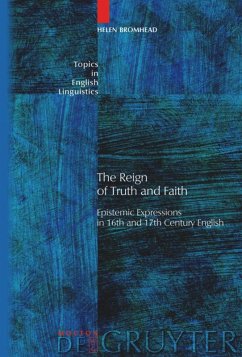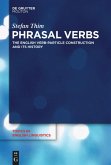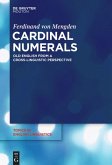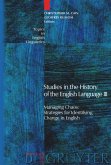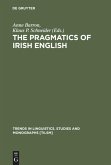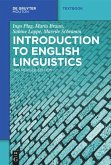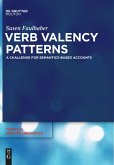The book explores the semantics and pragmatics of epistemic expressions in 16th and 17th century English: verily, in faith, I ween and others. Using the Natural Semantic Metalanguage (NSM) approach, evidence from texts and collocations, and adducing cultural evidence, the work argues for the existence of a distinct epistemic ethos in 16th and 17th centuryways of thinking and speaking, an ethos of truth, faith, and certainty.
This is a ground-breaking study in the historical semantics and pragmatics of English in the 16th and 17th centuries. It examines the meaning, use and cultural underpinnings of confident- and certain-sounding epistemic expressions, such as forsooth, by my troth and in faith, and first person epistemic phrases, such as I suppose, I ween and I think.
The work supports the hypothesis that the British Enlightenment and its attendant empiricism brought about a profound epistemic shift in the 'ways of thinking' and 'ways of speaking' in the English speaking world. In contrast to the modern ethos of empiricism and doubt, the 16th and 17th centuries were dominated by an ethos of truth and faith, which manifests itself in (among other ways) the meanings and usages of epistemic expressions for certainty and confidence. The study is firmly based on evidence from texts and collocations in the writings of the day.
The study is conducted using the framework of the Natural Semantic Metalanguage (NSM), an approach to semantic explanation developed by Cliff Goddard, Anna Wierzbicka and collaborators. This book can introduce this approach to readers who are unfamiliar with it, as well as show how it can open new horizons in historical semantics.
The primary audience for this book is scholars and graduate students in the fields of linguistics and English studies, especially those interested in historical semantics, pragmatics and discourse studies. Because of the strongly cultural focus of the book and its drawing on non-linguistic literature, it will be of interest to scholars and graduate students in the fields of cultural history and the history of ideas, as well as in English studies in a broader sense.
This is a ground-breaking study in the historical semantics and pragmatics of English in the 16th and 17th centuries. It examines the meaning, use and cultural underpinnings of confident- and certain-sounding epistemic expressions, such as forsooth, by my troth and in faith, and first person epistemic phrases, such as I suppose, I ween and I think.
The work supports the hypothesis that the British Enlightenment and its attendant empiricism brought about a profound epistemic shift in the 'ways of thinking' and 'ways of speaking' in the English speaking world. In contrast to the modern ethos of empiricism and doubt, the 16th and 17th centuries were dominated by an ethos of truth and faith, which manifests itself in (among other ways) the meanings and usages of epistemic expressions for certainty and confidence. The study is firmly based on evidence from texts and collocations in the writings of the day.
The study is conducted using the framework of the Natural Semantic Metalanguage (NSM), an approach to semantic explanation developed by Cliff Goddard, Anna Wierzbicka and collaborators. This book can introduce this approach to readers who are unfamiliar with it, as well as show how it can open new horizons in historical semantics.
The primary audience for this book is scholars and graduate students in the fields of linguistics and English studies, especially those interested in historical semantics, pragmatics and discourse studies. Because of the strongly cultural focus of the book and its drawing on non-linguistic literature, it will be of interest to scholars and graduate students in the fields of cultural history and the history of ideas, as well as in English studies in a broader sense.

